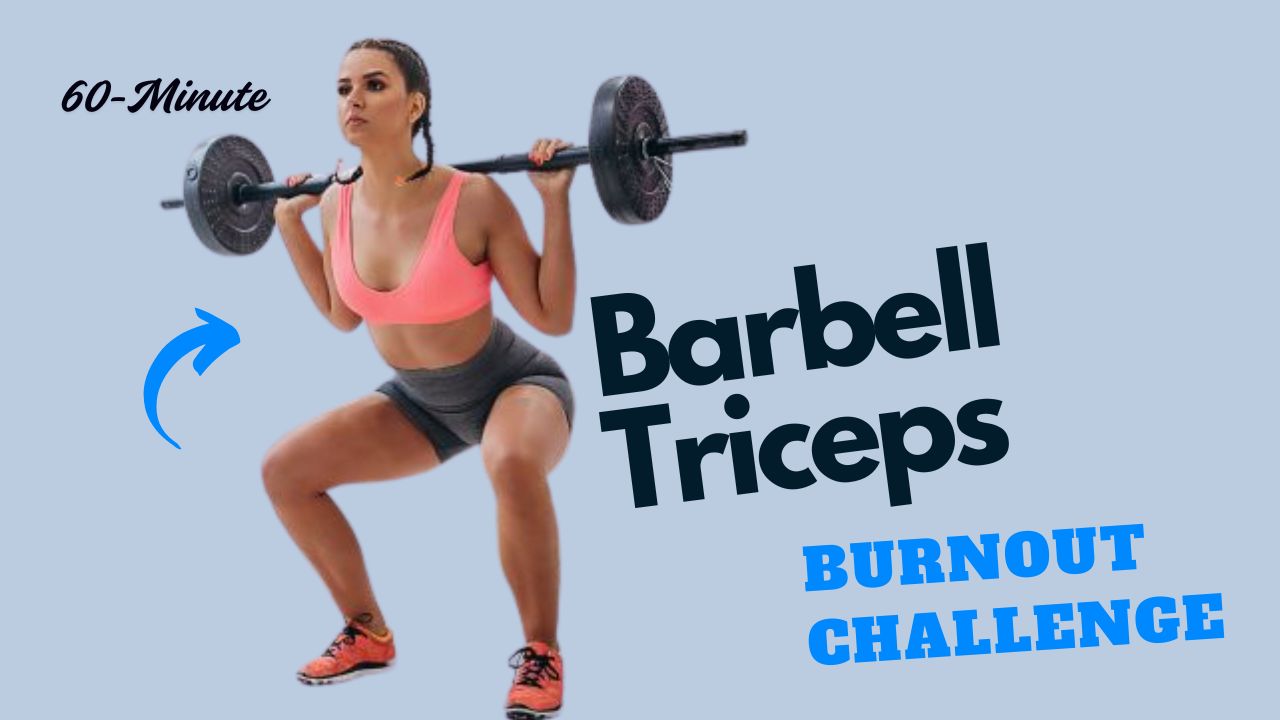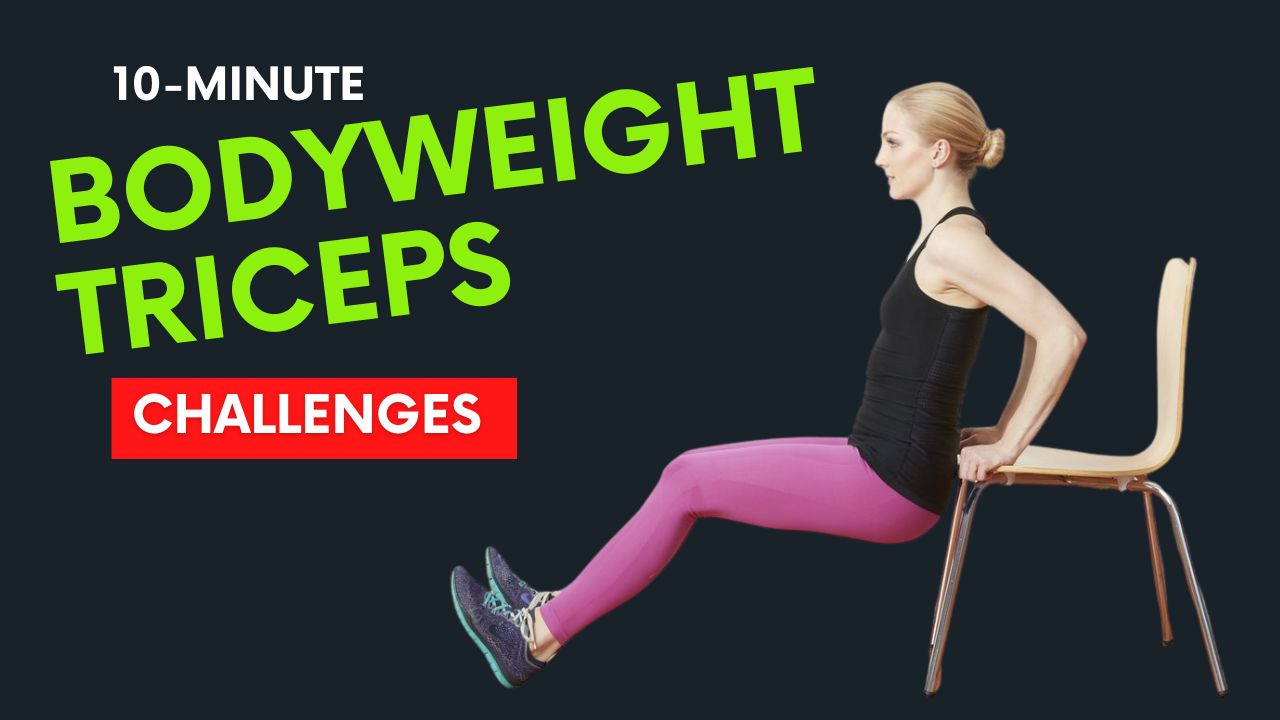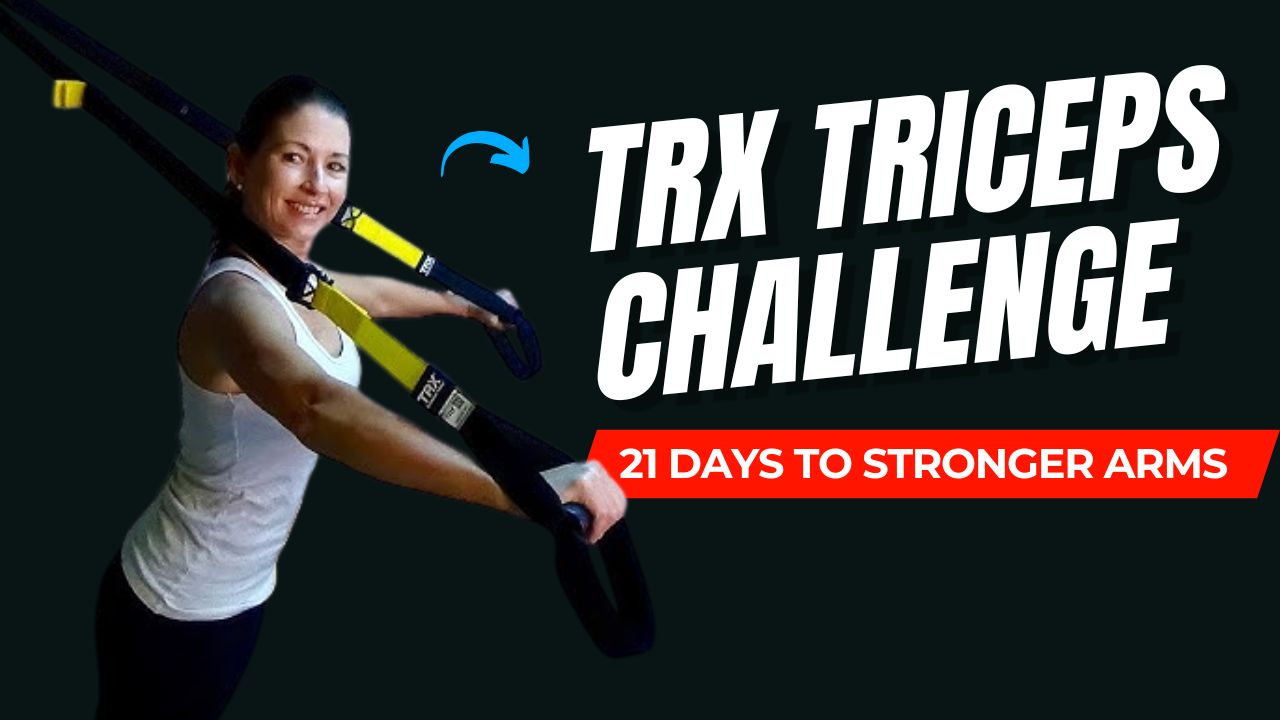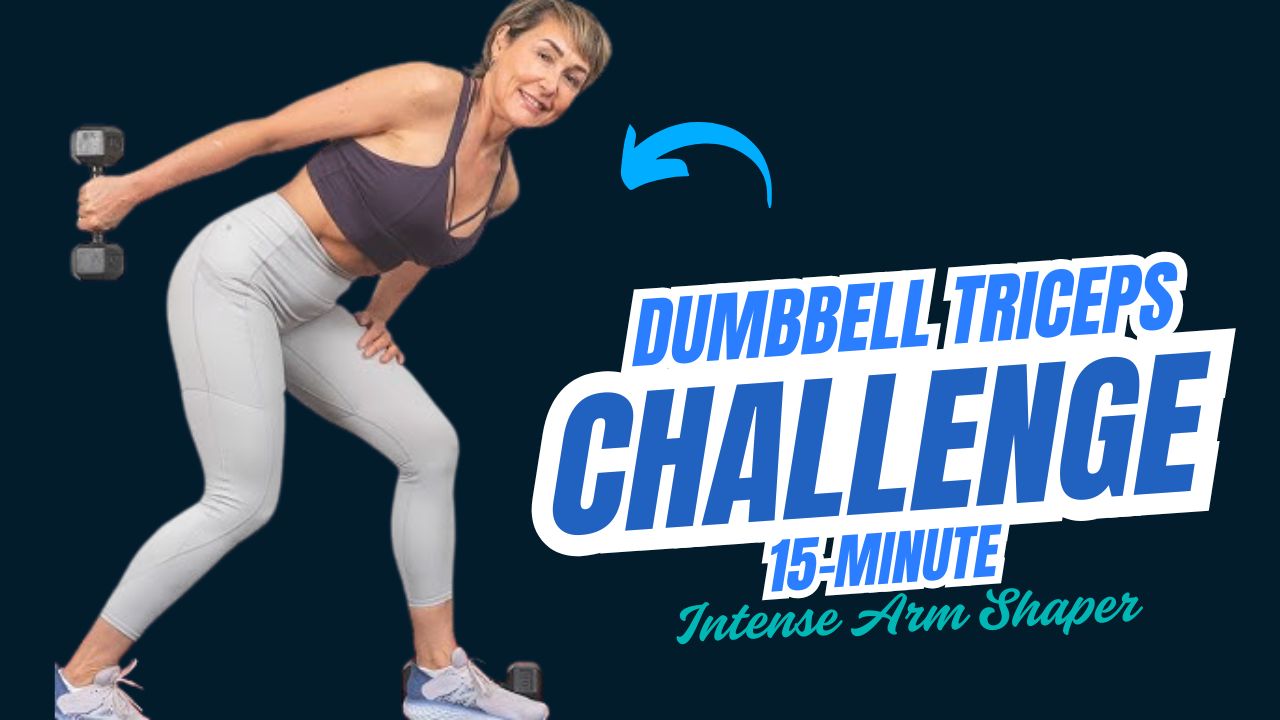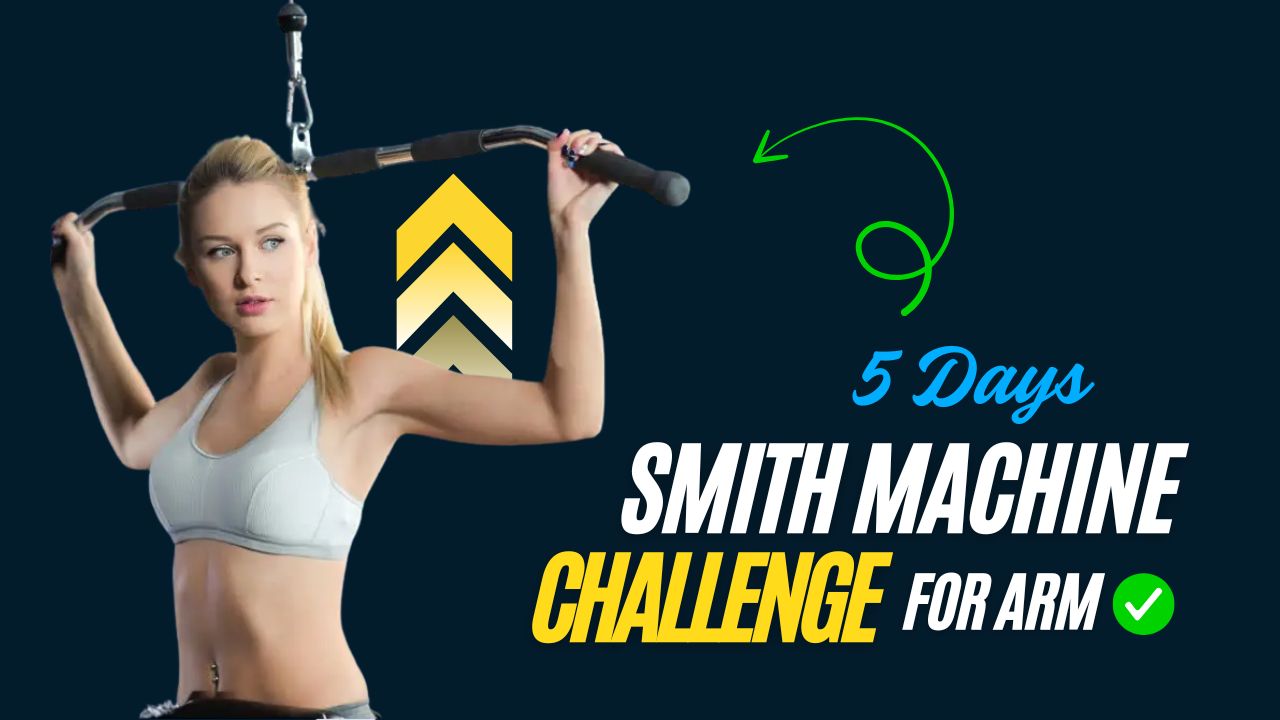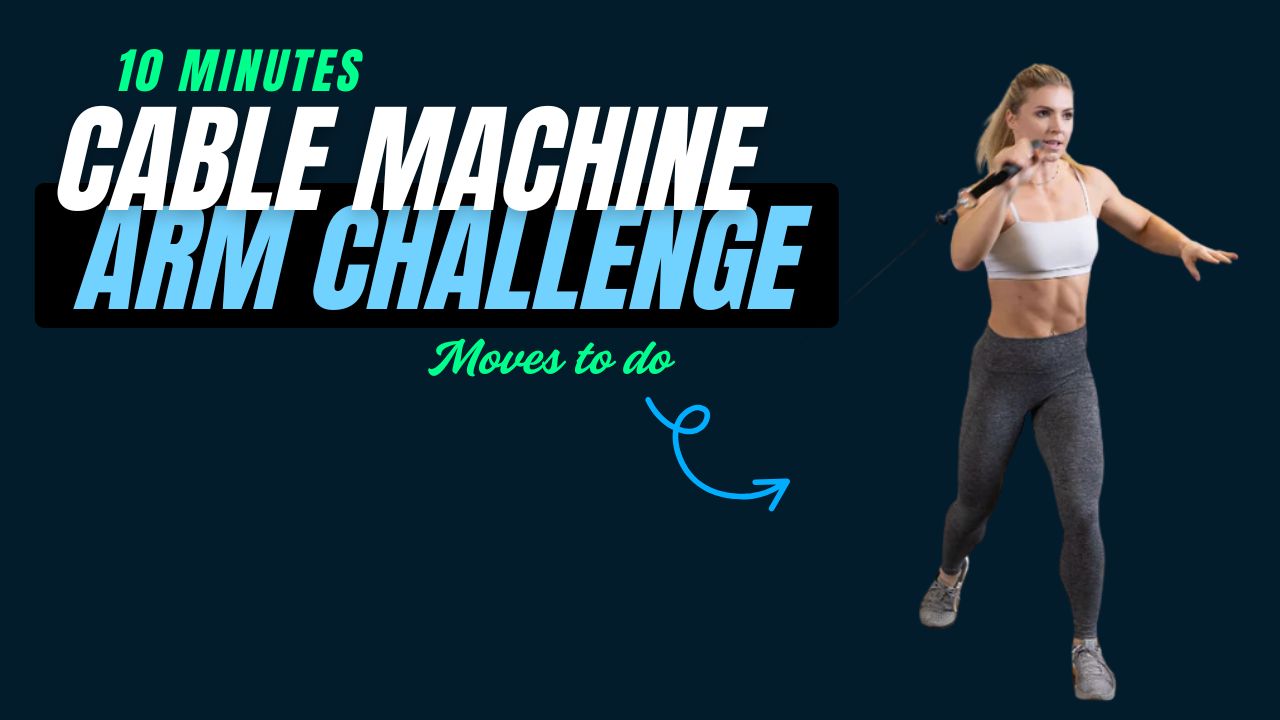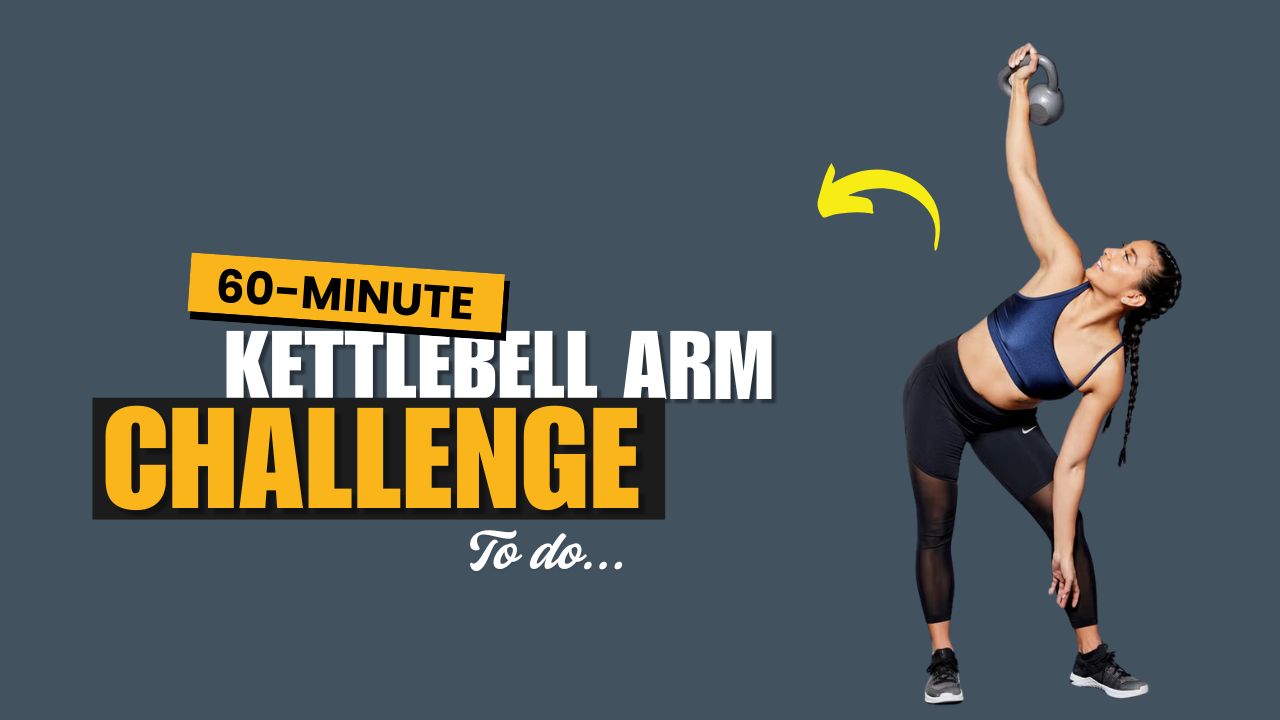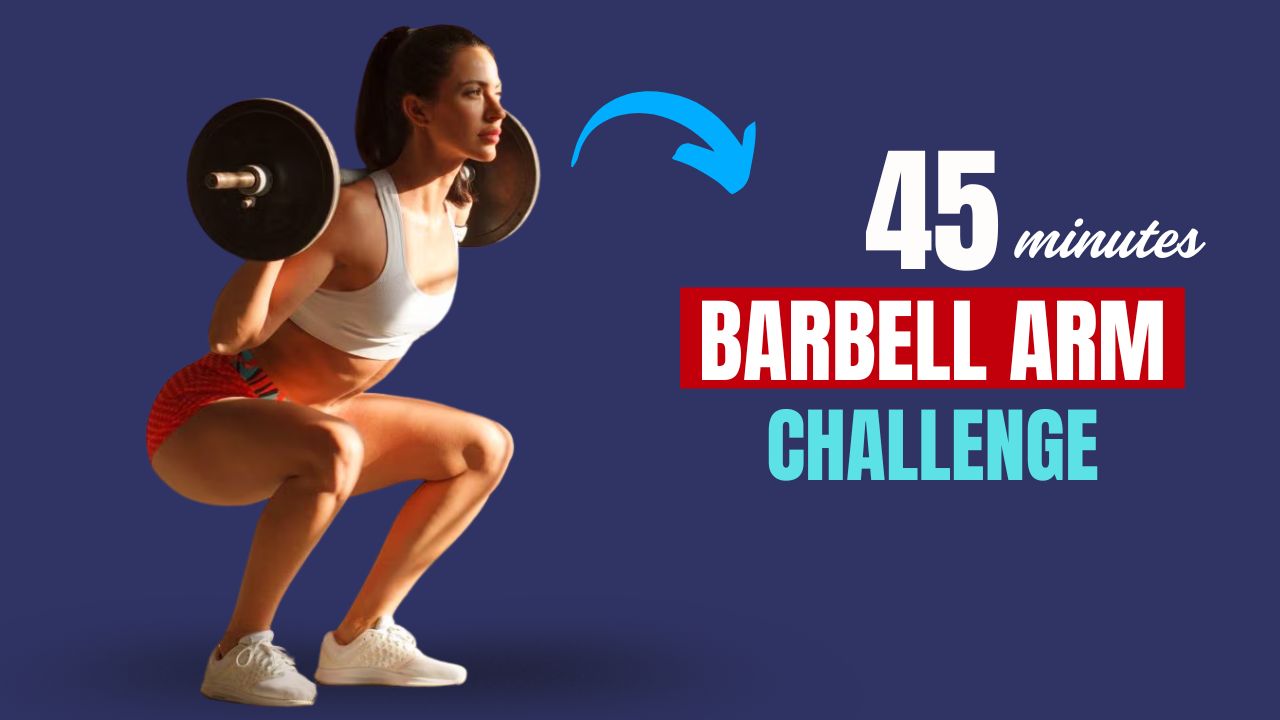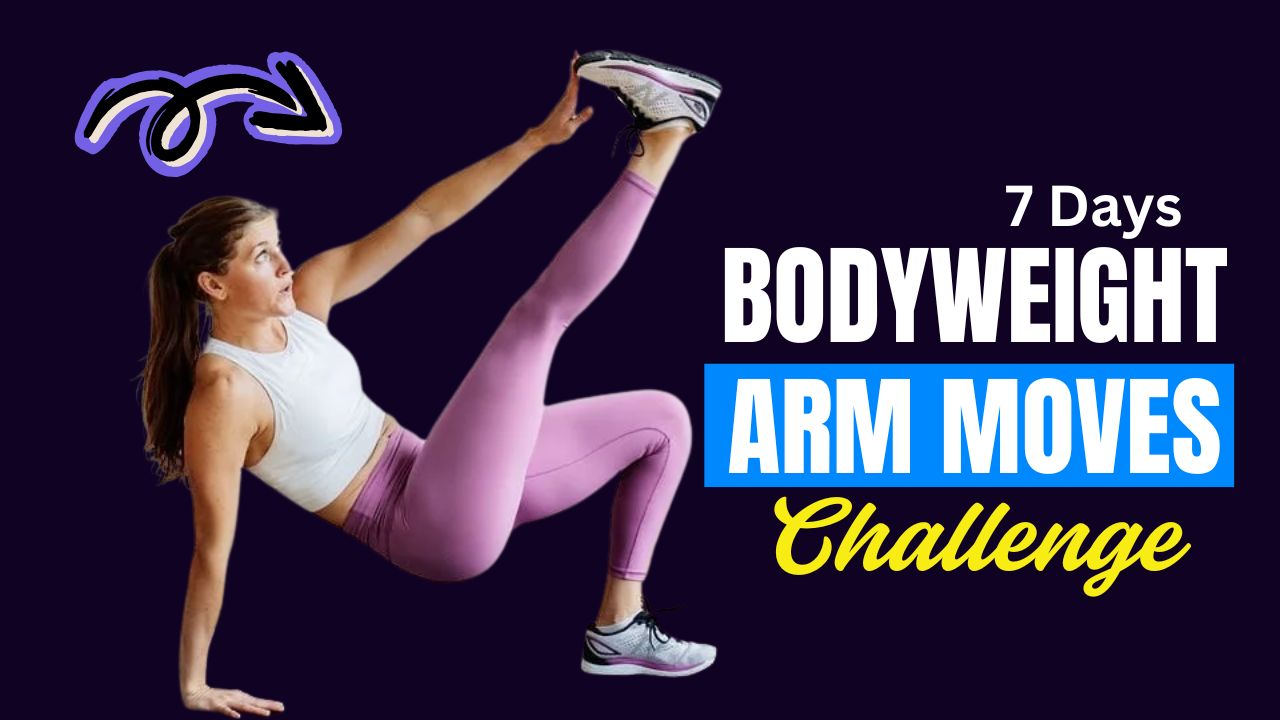Struggling with back pain or poor posture? Here’s a truth bomb: Your back muscles are the unsung heroes of every workout — and the BOSU ball is their secret weapon.
While most people associate the BOSU ball with abs and legs, this underrated piece of equipment can supercharge your back training by adding stability, mobility, and strength all in one go.
Did You Know?
BOSU stands for “BOth Sides Up” — meaning you can use it dome side up or flat side up, each providing unique challenges for your muscles.
Below, we’ll uncover 9 powerful BOSU ball back exercises that target your lower, mid, and upper back, while also improving core engagement, posture, and joint stability.
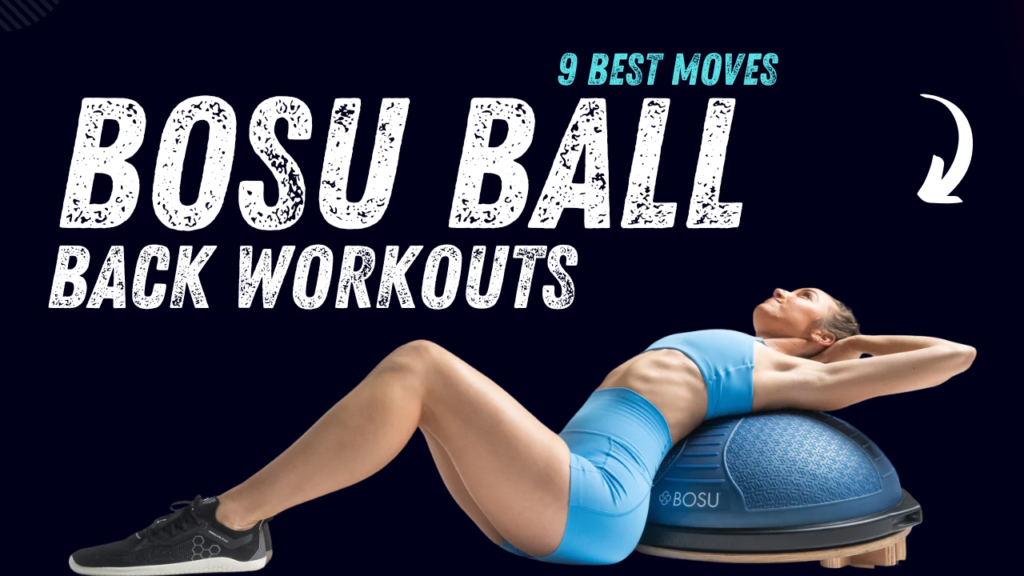
Table of Contents
What Can Happen After 30 Days of BOSU Ball Back Exercises
| Benefit | What You’ll Notice |
|---|---|
| Improved Posture | You’ll stand taller, feel more aligned, and reduce slouching |
| Stronger Core & Back Muscles | Daily tasks like lifting, bending, or sitting become easier and pain-free |
| Better Balance & Stability | Noticeable improvement in coordination, especially during workouts or walking |
| Reduced Back Discomfort | Tension and tightness in your lower or mid-back will significantly decrease |
| Increased Spinal Mobility | You’ll feel more flexible and move more freely with less stiffness |
| Enhanced Workout Performance | Back and core strength will support better form in other exercises like squats or rows |
| Boost in Body Awareness | Greater control over posture, breathing, and movement patterns |
| Motivation to Keep Going | Visible results and better functionality will inspire you to keep progressing |
BOSU Ball Back Exercises: Do’s and Don’ts
| Do’s | Don’ts |
|---|---|
| Start with basic movements to build balance and form | Don’t rush into advanced moves without mastering the basics |
| Engage your core during every exercise to support the spine | Don’t let your lower back arch excessively — it can lead to strain |
| Use slow, controlled motions for better muscle activation | Don’t use momentum or bounce through reps |
| Maintain a neutral spine and proper posture throughout | Don’t round your shoulders or crane your neck forward |
| Add light weights or resistance bands gradually for progression | Don’t overload with heavy weights on unstable surfaces |
| Rest 24–48 hours between back sessions to allow recovery | Don’t train the same muscle group every day |
| Combine with stretching and mobility work to enhance flexibility | Don’t skip warm-up or cool-down routines |
| Use a mirror or record yourself to check form | Don’t ignore pain — stop if anything feels wrong |
| Practice breathing techniques to enhance core stability | Don’t hold your breath while performing any move |
1. BOSU Ball Superman Lifts
Targets: Lower back (erector spinae), glutes
How to Do:

- Place the BOSU ball dome-side down.
- Lie face-down with your hips centered on the ball.
- Extend your arms straight in front of you and legs fully extended behind.
- Lift your arms and legs off the ground simultaneously — hold for 2–3 seconds.
- Slowly lower back down.
Perk: Enhances spinal extension and strengthens your lower back without weights.
2. BOSU Ball Reverse Hyperextension
Targets: Glutes, lower back, hamstrings
How to Do:
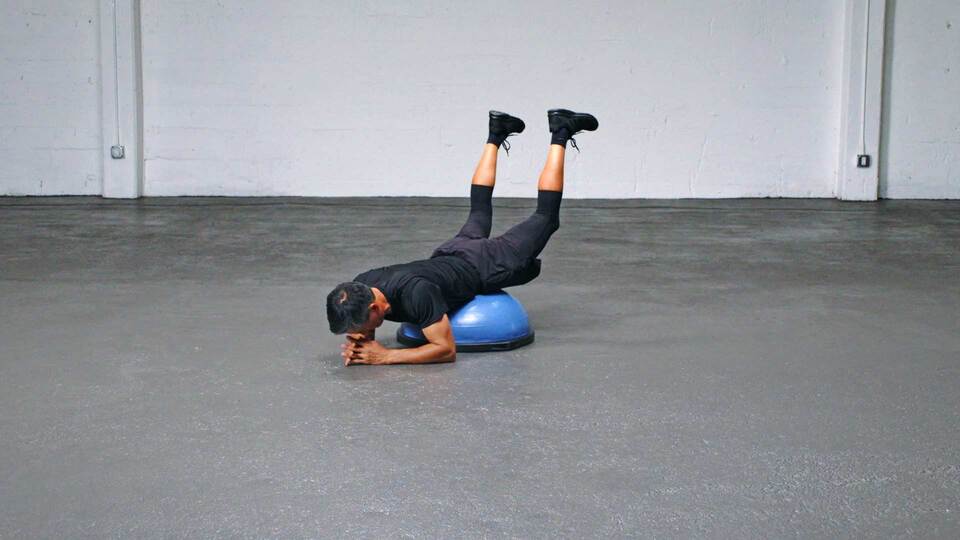
- Lie face down on the BOSU ball (dome side up), with your hips just off the edge.
- Place your hands on the ground for balance.
- Keeping legs straight, lift both legs toward the ceiling.
- Pause at the top, squeeze the glutes, and lower down.
Pro Tip: Keep your core engaged to prevent arching your spine.
3. BOSU Ball Bird-Dog
Targets: Core stabilizers, lower back, shoulders
How to Do:
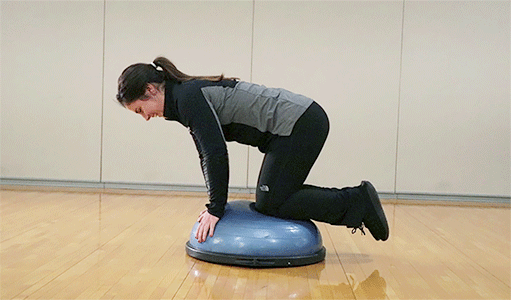
- Get on all fours with the BOSU ball dome-side up under your knees.
- Extend one arm forward and the opposite leg back.
- Hold for 3–5 seconds, keeping your hips square.
- Return to start and switch sides.
Benefit: Boosts spinal stability and challenges your balance like never before.
4. BOSU Ball Renegade Row
Targets: Mid-back (rhomboids), lats, core
How to Do:
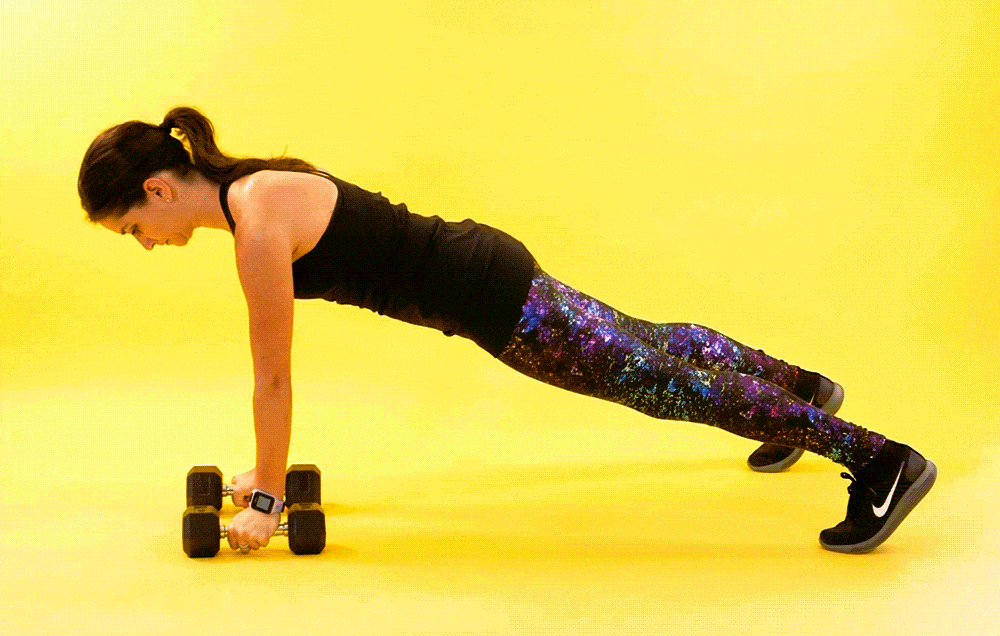
- Place the BOSU dome-side down and grip the flat sides like dumbbells.
- Get into a high plank with hands on the BOSU.
- Row one arm back, elbow close to the body.
- Return and repeat on the other side.
Fun Fact: This move doubles as a plank variation, keeping your abs tight and back strong.
5. BOSU Ball Back Extension
Targets: Lower back, core
How to Do:
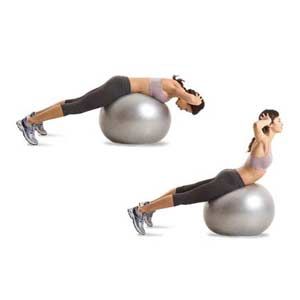
- Lie face-down over the dome with feet touching the ground.
- Cross your arms over your chest or place your hands behind your head.
- Slowly raise your chest off the BOSU ball and squeeze your back.
- Lower down and repeat.
Myth Buster: Back extensions are not just for bodybuilders — they’re essential for desk workers too!
6. BOSU Ball Dead Bug (With Back Focus)
Targets: Core and spinal stabilizers
How to Do:
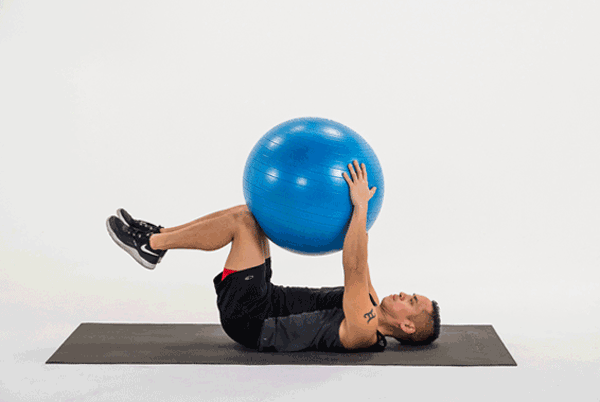
- Lie on the floor with your legs up and knees bent at 90°.
- Place the BOSU ball between your hands and knees, holding it firm.
- Slowly extend one arm and the opposite leg while keeping the ball in place.
- Return and alternate sides.
Why It Works: Teaches your core and back to work as a unit, enhancing injury prevention.
7. BOSU Ball Seated Row (Resistance Band Version)
Targets: Upper and mid-back (traps, lats)
How to Do:
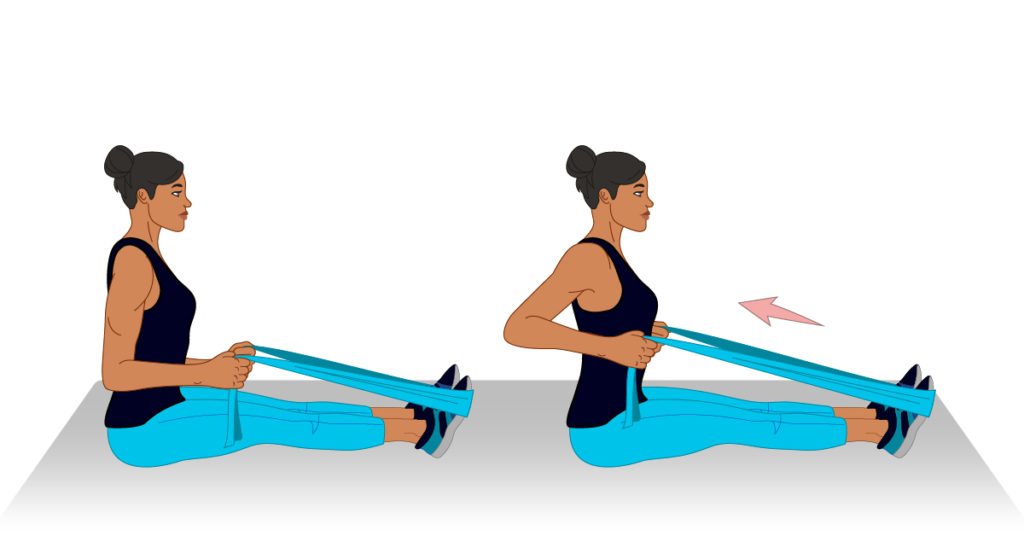
- Sit on the BOSU dome with a straight spine.
- Wrap a resistance band around your feet.
- Hold both ends and pull back as if rowing.
- Squeeze your shoulder blades, then return.
Add-on Bonus: This move not only tones the back — it improves breathing by opening up the chest.
8. BOSU Ball Glute Bridge with Back Extension
Targets: Glutes, lower back, hamstrings
How to Do:
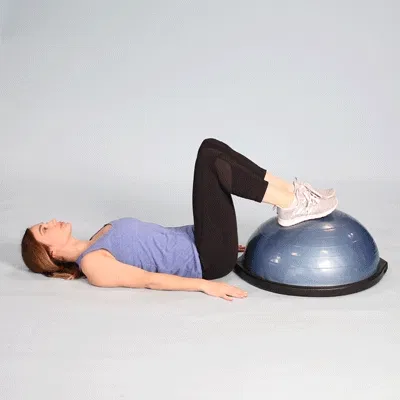
- Lie on your back with your feet on the BOSU (dome up).
- Raise your hips into a bridge position.
- At the top, slightly arch your lower back to activate spinal extensors.
- Lower down in control.
Perk: A hybrid movement that fires up the posterior chain for better posture and power.
9. BOSU Ball Lat Pullover (Dumbbell Optional)
Targets: Lats, core, mid-back
How to Do:
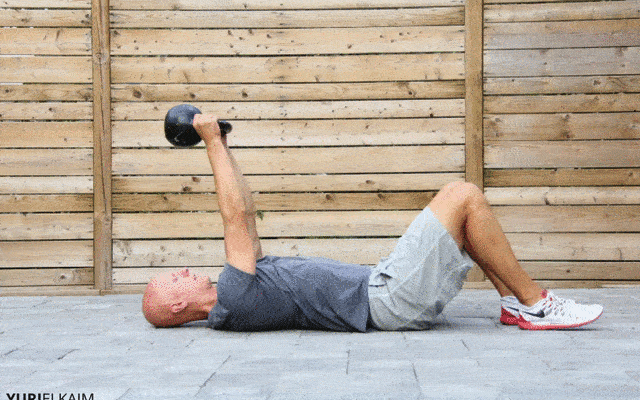
- Lie with your upper back resting on the BOSU ball.
- Hold a light dumbbell with both hands above your chest.
- Extend arms back overhead and slowly pull back to start.
Why It’s Unique: The BOSU base forces you to engage your core while isolating your lats for a true multitasker.
Final Thoughts
Incorporating these BOSU ball back exercises into your routine adds intensity, challenges your balance, and strengthens key postural muscles.
From the sedentary desk warrior to the weekend athlete, everyone can benefit from better back function — and the BOSU ball makes it fun and functional.
Did You Know?
A strong back can reduce your risk of shoulder injury, improve breathing mechanics, and even enhance your mood through better posture!
So ditch the boring mat workouts, flip that BOSU ball, and give your back the dynamic attention it deserves.
Frequently Asked Questions (FAQs)
Are BOSU ball back exercises safe for beginners?
Yes, BOSU ball back exercises are beginner-friendly when performed with proper form. Start with low-impact moves like the BOSU Superman or Back Extension, and focus on balance and control before progressing to more dynamic exercises.
What are the main benefits of doing back workouts on a BOSU ball?
Using a BOSU ball adds an element of instability, which forces your core and stabilizing muscles (especially around the spine and hips) to work harder. This improves posture, balance, core strength, and spinal health while also preventing back pain and injury.
How often should I include BOSU back exercises in my routine?
Aim for 2–3 times per week depending on your overall training plan. Be sure to allow at least one day of recovery between back-focused sessions to promote muscle repair and growth.
Can BOSU ball exercises help relieve back pain?
Yes — when done correctly, BOSU back exercises can help strengthen weak postural muscles, improve spinal alignment, and relieve tension, especially in the lower back. However, if you’re dealing with chronic pain or injury, consult a physiotherapist first.
Do I need any other equipment besides the BOSU ball?
Not necessarily. Many BOSU back exercises are bodyweight-only, but for added resistance, a light dumbbell or resistance band can enhance certain movements like the Seated Row or Lat Pullover.
Can I combine these exercises with other body parts?
Absolutely. BOSU ball workouts can be part of a full-body routine. Many exercises like the Renegade Row or Bird-Dog also activate your core, glutes, and shoulders.
Are BOSU back exercises suitable for seniors or older adults?
Yes — with modifications. Start with stable, low-range movements like the Seated Row or Bird-Dog and use support nearby. As long as the exercises are pain-free and properly scaled, they’re great for improving mobility and back strength in older adults.
How long should a BOSU back workout last?
A BOSU back workout can be effective in just 15–25 minutes. Aim for 2–3 sets of each exercise, performing 10–15 reps or holding positions (like planks) for 30–45 seconds.
